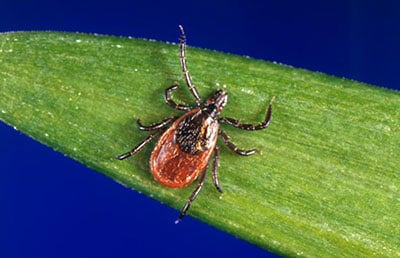
Unlike Lyme disease, those bitten by an infected tick will not develop a bull's-eye rash, Yanofsky said. "Lyme disease typically isn't fatal, however, with the Powassan virus, in some cases, you can develop the meningoencaphalitis, and about 10 percent of the time when a patient contracts encaphalitis, there's a 10 percent mortality rate. "It's a disease that's not thought of commonly or as routinely tested for as Lyme disease, so recognizing the signs and symptoms is important this season. The same tick, Ixodes scapularis, also transmits Lyme disease, but infectious disease specialists say POW is more severe because it can be deadly and cause long-term neurological damage. If you're outdoors in a wooded area or high grass and you're hiking or camping, you'd want to wear long clothing.
Experts Warn of Increases in Potentially Deadly Tick-Borne Powassan Virus
× Experts Warn of Increases in Potentially Deadly Tick-Borne Powassan VirusNEW YORK — Summer is nearly here, and it's bringing fears of a rare tick-borne disease called Powassan. This potentially life-threatening virus is carried and transmitted by three types of ticks, including the deer tick that transmits Lyme disease. Prevention is the first stepThe Powassan virus was first discovered in Ontario in 1958. "To make the matter more complicated, we are seeing greater number of ticks infected with other tick-associated pathogens, including babesiosis and anaplasmosis," Molaei said. Commonly known as a deer tick, Ixodes scapularis can also bite mice, Pastula explained.collected by :Sandra Alex
To follow all the new news about






No comments:
Post a Comment